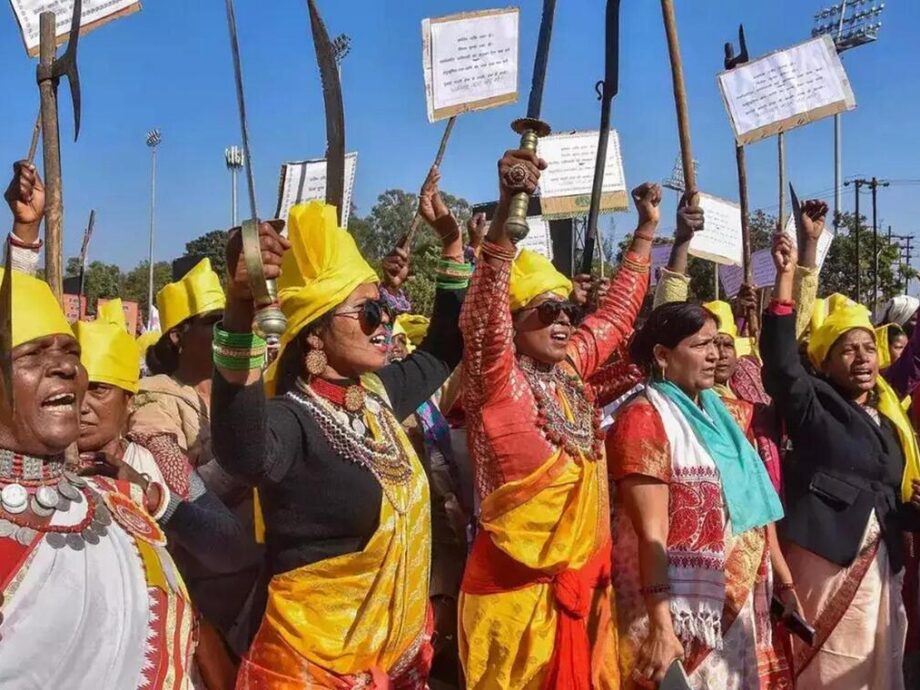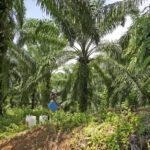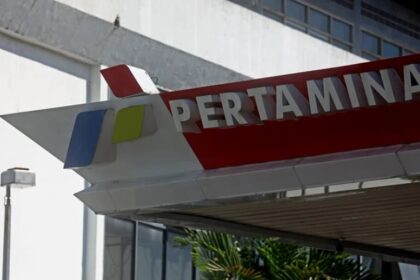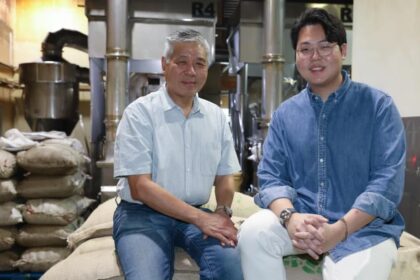A new digital bridge for tribal languages
In a primary school in central India, a Gondi language teacher has spent years turning long, complex Hindi sentences into simple Gondi explanations that his students can grasp. He draws on memory, asks elders for help, and searches for local words that match new ideas. The work is slow and fragile. One missed nuance can change a meaning, and one missing word can lead students back to a dominant language. This is the daily reality that India’s new Adi Vaani platform aims to change: it promises a faster, more reliable way to translate knowledge into tribal mother tongues, and to carry the voices of tribal communities to the wider world.
- A new digital bridge for tribal languages
- What is Adi Vaani and why it matters
- How the technology works for low resource languages
- Who is building it and how the data is sourced
- Progress, accuracy and current limits
- Classrooms, clinics and local governance
- Culture and knowledge preservation
- The policy context
- Where India fits in global efforts
- What to watch in the next phase
- Key Points
Launched in beta on September 1, 2025, Adi Vaani is India’s first artificial intelligence translator designed specifically for tribal languages. The platform focuses on languages that millions speak at home but rarely see online. It offers direct translation between Hindi or English and four tribal languages in its first release, while work on more languages continues. The goal is twofold. First, to help people access information in a language they use every day, from school lessons and health advisories to government benefits. Second, to protect living traditions by making it easier to record oral histories, songs, and stories in a durable digital form.
India’s language landscape is immense. Government records list thousands of mother tongues and dialects. Many are spoken by small communities, and too many have faded away in recent decades. Large languages tend to pull in learners because of jobs, urban migration, and media. Without steady support in schools and public services, smaller languages lose ground. Adi Vaani is a direct effort to slow that loss and to give speakers a route into the digital economy without abandoning their mother tongue.
What is Adi Vaani and why it matters
Adi Vaani is a government-led AI platform that translates text and speech between Hindi, English, and selected tribal languages. It is available as a mobile app and through a web portal. The project’s intent is both practical and cultural: unlock access to services and knowledge for tribal citizens, and preserve languages that are often passed down through oral storytelling rather than written archives.
Languages in the first release
The beta supports four tribal languages that have large speaker communities but limited digital tools.
- Santali
- Mundari
- Bhili
- Gondi
Engineering teams are preparing support for Kui and Garo. Expansion plans are shaped by speaker population, availability of data, and the presence of local partners who can help validate translations.
What users can do
Adi Vaani combines several capabilities that make translation more than a single click action. It supports real time text to text translation and can read text aloud through text to speech. It can transcribe audio through speech to text and render translations back into spoken language. It also includes optical character recognition that can extract text from images and scanned pages for translation. The platform bundles bilingual dictionaries, primers for early learning, and curated content such as public service advisories and speeches that matter to everyday life. The web portal is accessible through the official site at aadivaani.tribal.gov.in.
How the technology works for low resource languages
Building AI translation for well documented languages is hard. Doing it for low resource languages is a deeper challenge. Most tribal languages lack large, clean datasets. There are few parallel texts that pair sentences in a tribal language with equivalents in Hindi or English. Speech databases, which are vital for training voice systems, are even rarer. This scarcity makes it difficult to train modern translation and speech models that require thousands of hours of audio or millions of aligned sentence pairs to reach high accuracy.
Adi Vaani addresses that gap with a blend of machine learning and human expertise. The translation systems rely on transformer based neural models that learn patterns by analyzing many examples of the same idea expressed in two languages. To gather those examples, the team worked with native speakers and teachers to translate large batches of sentences and validate the output. In Santali, for instance, researchers and community translators prepared around one hundred thousand Hindi sentences aligned with Santali and matched them with a corpus that runs into millions of words. That material became training data for models that are reviewed, corrected, and retrained in cycles.
Speech systems follow a similar path. Linguists and local contributors record words, phrases, and long passages in the target language. The model learns how sounds map to letters and how words flow in natural speech. The process takes time because each language has its own phonetics, stress patterns, and prosody. Getting pronunciation right is essential for acceptance by native speakers, so human review remains a core part of the pipeline.
Who is building it and how the data is sourced
Adi Vaani is a consortium effort. Technical development is led by major engineering institutes, with partners from across India’s research network. Tribal Research Institutes in states such as Jharkhand, Odisha, Madhya Pradesh, Chhattisgarh, and Meghalaya contribute language expertise, connect teams with native speakers, and help shape the cultural context. Teachers, community leaders, and young translators assist with dictionaries, sentences for training, and translations of local folklore and lessons.
Fieldwork makes a real difference. More than two hundred contributors have been involved in collecting and validating corpora for the first set of languages. They identify region specific vocabulary, resolve differences in usage, and suggest clearer equivalents for modern terms that may not have a direct match. This human in the loop approach keeps the models grounded in actual community speech rather than only formal or academic usage. The project is being promoted in tribal districts through leadership and training campaigns so that schools, health workers, and local officials can adopt it quickly.
Progress, accuracy and current limits
The beta is a first step, and accuracy still varies. Early users have reported that Gondi translations can miss the mark, especially with longer sentences or abstract concepts. Teams are tuning the models with fresh data and user feedback to close those gaps. As more material flows in, quality should rise, but careful review will remain essential for official documents and high stakes communication in the near term.
Another technical constraint is variation. Each language has regional forms. Santali, for example, has differences across Jharkhand, Odisha, and West Bengal. Gondi spans several states with distinct usage. The current release usually supports one standard form per language. Expansion to regional variants will require more data, more reviewers, and script support where needed. Some languages use different scripts in different regions, which affects keyboards, fonts, and how OCR and text to speech perform. Ensuring that the app can handle those variations will be a key test of its usefulness beyond early adopters.
Finally, evaluation must balance speed with trust. Automated scores offer a quick snapshot of quality, but they cannot judge cultural nuance or the appropriateness of terms in a local setting. Feedback loops that involve teachers, elders, and young speakers are the best way to catch awkward phrasings and to preserve the style and rhythm that make each language distinct.
Classrooms, clinics and local governance
Mother tongue based education is one of the strongest reasons for this project. Students learn faster when new ideas arrive in a language they already speak at home. With Adi Vaani, a teacher can translate chalkboard notes into Santali or Bhili on the fly, or read a science paragraph aloud in a local voice. Schools can prepare bilingual worksheets so that students gain subject knowledge without losing familiarity with their native tongue. Over time, this approach helps students transition to additional languages without sacrificing early comprehension.
Health communication is another vital channel. Community health workers often need to explain symptoms, prescriptions, and advisories in places where literacy levels and language barriers can collide. Text to speech and speech to text tools can turn a printed advisory into a clear voice clip in a tribal language. OCR can make older posters and pamphlets searchable and translatable. In emergencies, simple and accurate messaging in the language people trust can save lives.
Local governance benefits from clarity. Many services require people to understand eligibility rules, document checklists, and deadlines. Translating forms, notices, and announcements into native languages reduces confusion and improves uptake. Village meetings can use the app to subtitle speeches or to provide quick summaries. Farmers can follow weather, market prices, or soil health advisories without relying on an intermediary to interpret every line.
Culture and knowledge preservation
Languages carry stories, songs, rituals, and ecological knowledge. Much of that heritage lives in memory and in performances rather than in printed books. If the language recedes, the knowledge recedes with it. Adi Vaani can support a basic preservation workflow. A storyteller’s words can be recorded, transcribed, translated, and stored with metadata. The same tools can help digitize manuscripts, village chronicles, and folk theatre scripts that exist only as scanned images.
The platform’s portal collects this material in accessible form. It hosts dictionaries, primers for early learners, and curated sets such as health awareness content and translations of national speeches. These resources help communities see their languages in modern contexts and provide an entry point for young users who spend much of their time on phones. Alongside high tech tools, there is still a need to unlock older collections. For example, an important encyclopedic work on the Munda community exists mainly as scanned pages. Turning such archives into searchable digital text would complement the translation push and make research faster for teachers and students alike.
The policy context
The launch builds on a broader push to build digital language infrastructure. In recent years, national programs have funded data collection and model training for Indian languages that had little online presence. These efforts focus on building datasets, standardizing transliteration, and releasing tools that anyone can use in education, health, and public service. The translation app aligns with initiatives that aim to deliver government schemes at the last mile and to promote unity across regions through language respect.
There is a governance case and an equity case. When services arrive in a language people understand, outcomes improve. Students persist in school at higher rates. Patients follow treatment plans with fewer errors. Citizens file forms on time and claim benefits without repeated visits. By bringing tribal languages into the digital mainstream, the project can reduce friction and help public programs reach the people they are designed to serve.
Where India fits in global efforts
Language loss is a global concern. Thousands of languages are spoken worldwide, and many are at risk of disappearing in this century. International bodies have called for urgent action to protect indigenous languages and to promote their use in education and public life. AI can help, but it must be built with community consent, local governance, and a focus on cultural accuracy. If a tool ignores idioms or imposes outside vocabulary, it can erode trust. If it centers community reviewers and offers an easy way to correct mistakes, it can strengthen confidence and improve rapidly.
There are successful examples to learn from. Indigenous media and research groups in places like New Zealand have demonstrated how community-owned datasets and careful licensing protect language rights while enabling modern tools. Their experience shows that data stewardship matters as much as model architecture. Adi Vaani’s approach, which relies on native speakers and state research institutes to curate data and validate output, follows that pattern in an Indian context.
What to watch in the next phase
Two expansions are already on the roadmap. Kui and Garo are planned additions, and the team is working on stronger support for scripts and regional variants within existing languages. The app is live on Android and usable through a government web portal, with improvements to the user experience and accessibility expected as adoption grows. Better offline support and lighter models will help in areas with limited connectivity, a common constraint in remote districts.
Another track is depth rather than breadth. More vocabulary for schools, agriculture, and health will make the tool practical for daily needs. Glossaries that explain technical terms with simple examples can help students and frontline workers. Community contests that invite youth to record and translate folktales can quickly increase training data while keeping ownership with the speakers. Partnering with teacher training colleges and nursing schools can seed usage at scale.
There is also a long term research goal. Project leaders have described Adi Vaani as the foundation for future large language models that focus on tribal languages. Reaching that point will require much larger, cleaner datasets across text and speech and a clear framework for consent, privacy, and benefit sharing. If those pieces come together, India could demonstrate a model for inclusive AI that other multilingual countries can adapt.
Key Points
- Adi Vaani is a new AI translator focused on tribal languages, launched in beta on September 1, 2025.
- The first release supports Santali, Mundari, Bhili, and Gondi, with Kui and Garo in development.
- The platform offers text and speech translation, text to speech, speech to text, and OCR, along with dictionaries and primers.
- Native speakers, teachers, and Tribal Research Institutes contribute data and validate output to improve accuracy.
- Accuracy is evolving, with challenges in dialect variation and limited datasets for low resource languages.
- Education, health, and public services are priority use cases, aiming to reduce language barriers and improve outcomes.
- Digitization of folklore and community archives is a parallel goal to preserve living cultural heritage.
- The project aligns with national digital and inclusion programs and reflects global calls to protect indigenous languages.












